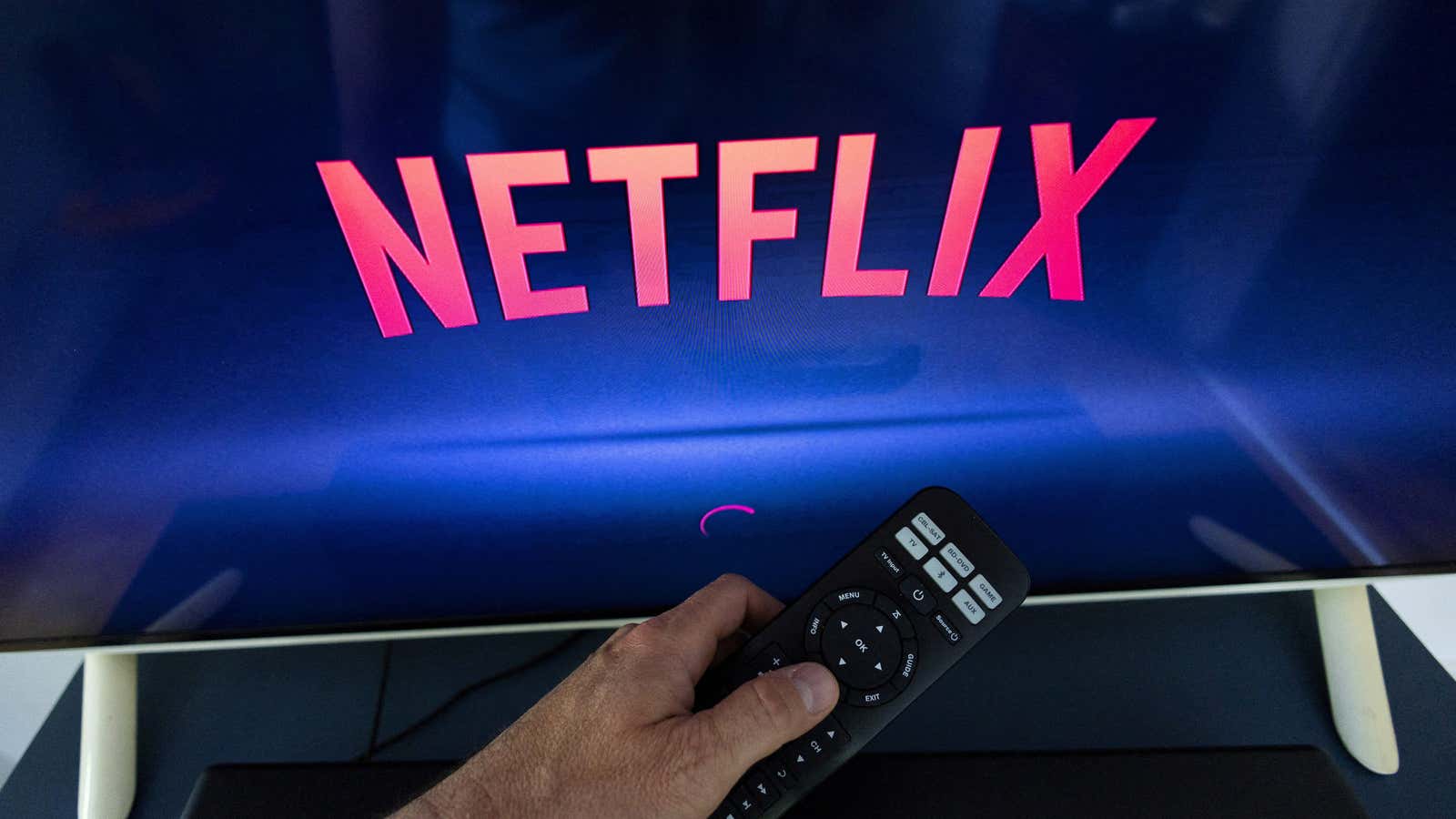Some effects of Netflix’s recent subscriber decline emerged on Tuesday, as the company laid off 150 of its US-based workers. The move came just a week after Netflix updated its corporate culture memo.
“Not everyone will like—or agree with—everything on our service,” reads the memo aimed at new hires. It seems to indirectly reference the controversy surrounding Dave Chappelle’s comments about the transgender community on his Netflix special The Closer. “Depending on your role, you may need to work on titles you perceive to be harmful. If you’d find it hard to support our content breadth, Netflix may not be the best place for you.”
In October, dozens of Netflix workers at the company’s Los Angeles office staged a walkout to protest the streaming brand’s distribution of Chappelle’s comedy special. The workers were joined by other Netflix staff who, working remotely, staged a virtual walkout by halting work for the day. Prior to the walkout, the employee group released a list of demands, none of which called for the removal of the Chappelle content but instead pushed for more influence over company culture.
Why worker unrest at white-collar jobs is leading to unions
Employee-organized protests around workplace culture issues have been on the rise in recent years. In 2018, thousands of Google employees staged a walkout in protest over the company’s handling of sexual harassment. In December, Apple Store retail workers walked off the job in an effort to secure better working conditions. And last month, Amazon workers successfully organized to form a union.
In some cases, the issues have been around classic workplace safety issues, but as US society has evolved both socially and technologically, tension has been mounting for many corporations to include employees in the formation and fostering of healthy company cultures. Still, there is notable resistance from tech companies to this new wave of employee organizing.
In the past, unions have primarily been used as a tool for blue-collar workers grappling with wage and safety issues. But as automation continues to erase many of those jobs, thereby increasing the ranks of knowledge workers, white-collar workers have begun to look to unions as a means to shape their everyday working realities, as well as secure standards for pay and benefits.
Culture memos aside, workers will ultimately decide what it’s like to work at Netflix
Netflix’s updated dictum is a clear message that it doesn’t plan to change its content menu to cater to the tastes of its workforce. But as the Netflix worker demand list indicates, some employees are simply looking to influence company culture, which may, as a byproduct, influence the choices the company makes.
A Netflix union cannot directly control the content choices its executives make—and that’s not the purpose of a union. Nevertheless, history has shown that such a group could have more significant internal cultural influence than loosely organized protests that highlight issues but don’t have the leverage to drive the direct action many employees are hoping for.
